Folks can argue all day long about what the best albums are in the Bob Dylan catalog. But is there really much argument that Bringing It All Back Home, released in March 1965, was the most important album he ever released, in terms of the impact it had on both his career and on music in general?
Videos by American Songwriter
The album included Dylan’s first attempts to marry his marvelously inventive lyrics to electric, rock instrumentation. It would have been momentous even if it stumbled a bit. That it mostly hit the mark dead on only adds to its reputation.
Home Truths
Four albums into his career, Bob Dylan had already scaled heights no one could have imagined a relative nobody from rural Minnesota could have reached. He was considered the preeminent folk music artist in the world, while songs like “Blowin’ in the Wind” and “The Times They Are A-Changin’” became instant classics and fodder for acoustic sing-alongs the world over.
Close listeners would already have noted Dylan was starting to chafe at the restrictions placed on him by these styles on albums like Another Side of Bob Dylan. It was difficult to be anything other than earnest when writing songs about injustice and social ills. He wanted to explore the human condition in all its messiness, and there was one style that afforded him that opportunity.
Dylan took note of how The Beatles had breathed such life into the American music scene with their energized spin on the styles of Chuck Berry, Buddy Holly, and other seminal rock and rollers. But the Fab Four and their British Invasion peers hadn’t yet attempted to write about anything much beyond puppy love in their earliest efforts.
That was Dylan’s opening to exploit. The songs on the first side of Bringing It All Back Home brim with complexity, irony, and irreverence. Dylan assembled an ad hoc bunch of musicians to play on them, and they responded with a loose but invigorating approach that was far less structured than the other folk-rock experiments of the day.
As if to prove that he could reinvent any form, Dylan mostly stuck to acoustic stuff on Side Two. But the lyrics of the songs went beyond simple narratives into hallucinatory territory. An album like Bringing It All Back Home had never before been attempted, let alone so completely realized.
Looking Back at the Music of “Bringing it All Back Home”
The seven songs on Side One of the album whiz by in a sugar rush of clanging sounds and fast-talking lyrics. It’s telling that in the video for “Subterranean Homesick Blues” that showed up in the documentary Don’t Look Back, Dylan can’t drop the cue cards as fast as he sang the song. The chaos of “Bob Dylan’s 115th Dream” makes you wonder what the heck he ate before hitting the bed that night.
Amidst all the asides and snickering, there were messages to be found. In “Maggie’s Farm,” Dylan takes on the role of a persecuted peon to hint at his refusal to play anybody’s game. Meanwhile, “She Belongs to Me” and “Love Minus Zero/No Limit” presage the elegant, lilting (but still electric) love songs he would concoct on his next few records.
For all the hullabaloo about the electric instruments, however, it’s the second side where Dylan truly broke the most new ground. “Mr. Tambourine Man” is genial, while “Gates of Eden” and “It’s Alright Ma, I’m Only Bleeding” are chilling. Word torrents spew forth from them, all with no regard for the songwriting niceties of the past. They’re not so much protest songs as truth bombs.
It couldn’t have been a coincidence that Dylan closed out the album with “It’s All Over Now, Baby Blue.” How could anything that came before stand a chance against what Dylan had delivered? Bringing It All Back Home arrived 60 years ago this month, and nothing in music has ever been the same since.
Photo by Leicester Mercury/Mirrorpix/Getty Images

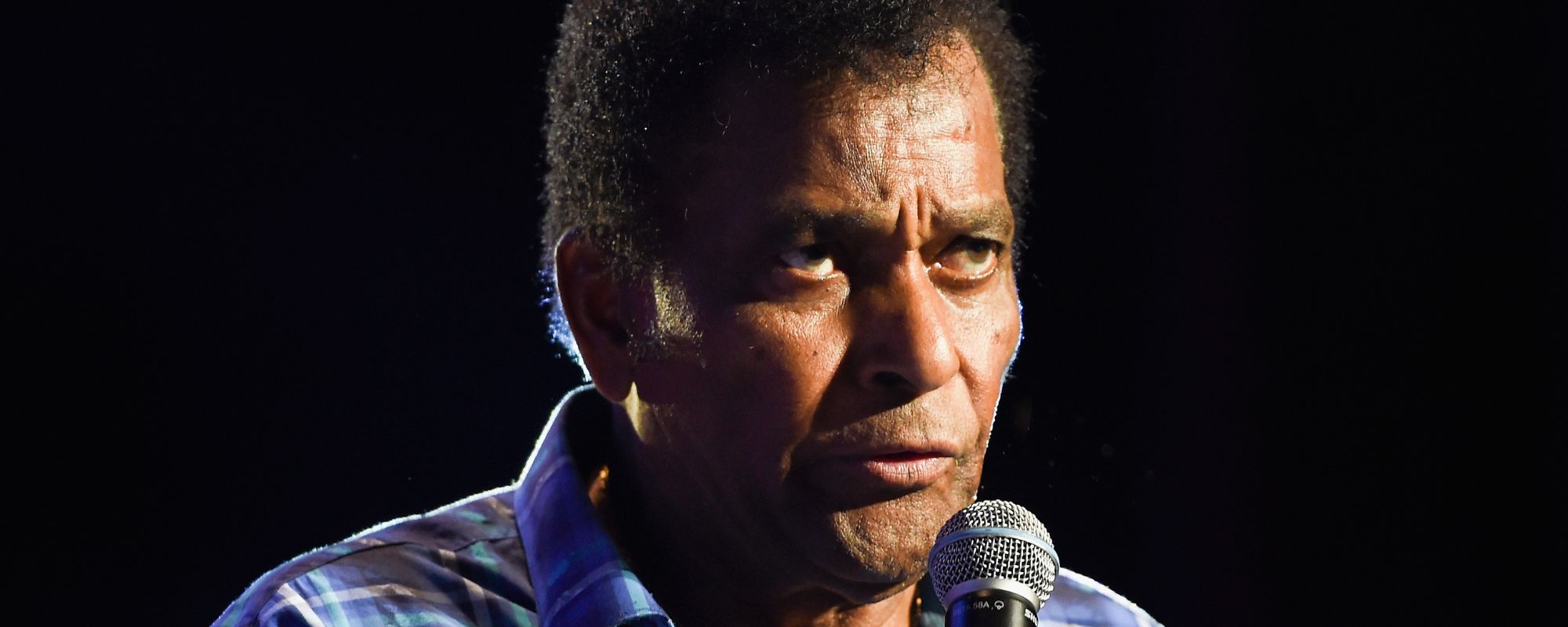


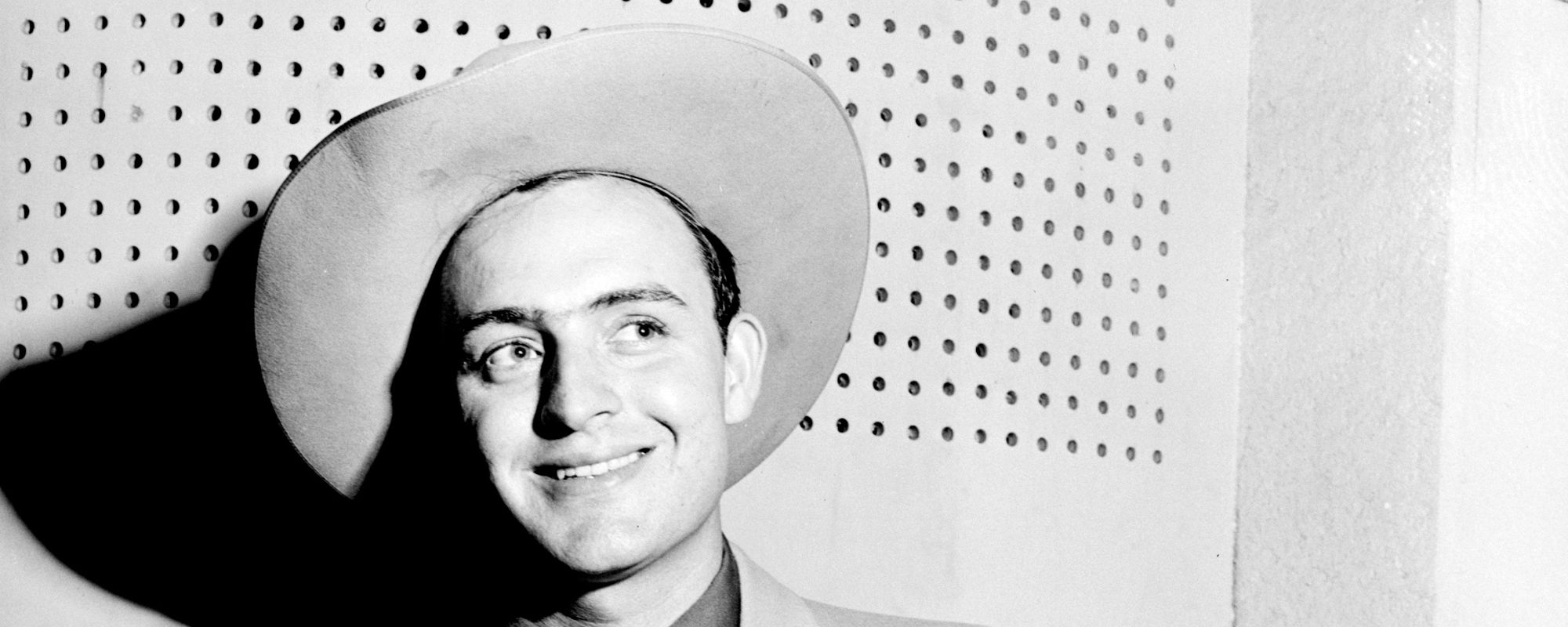



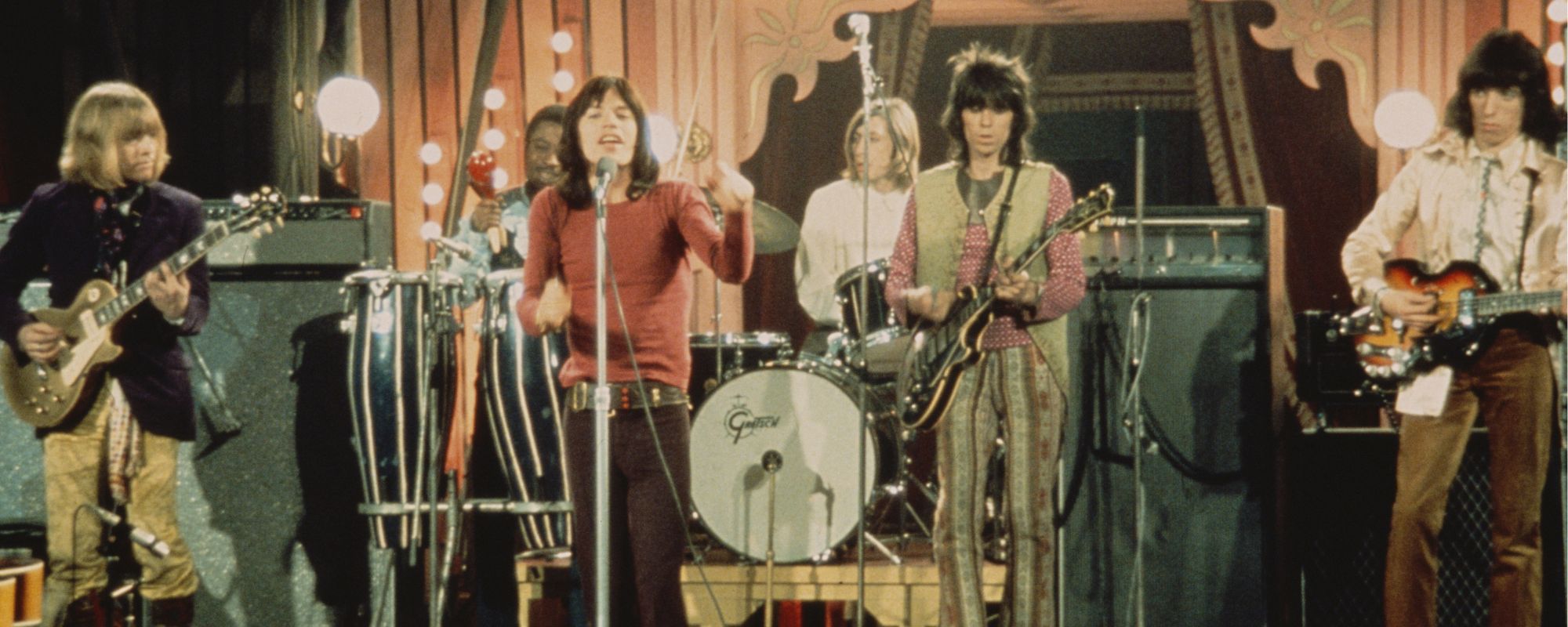
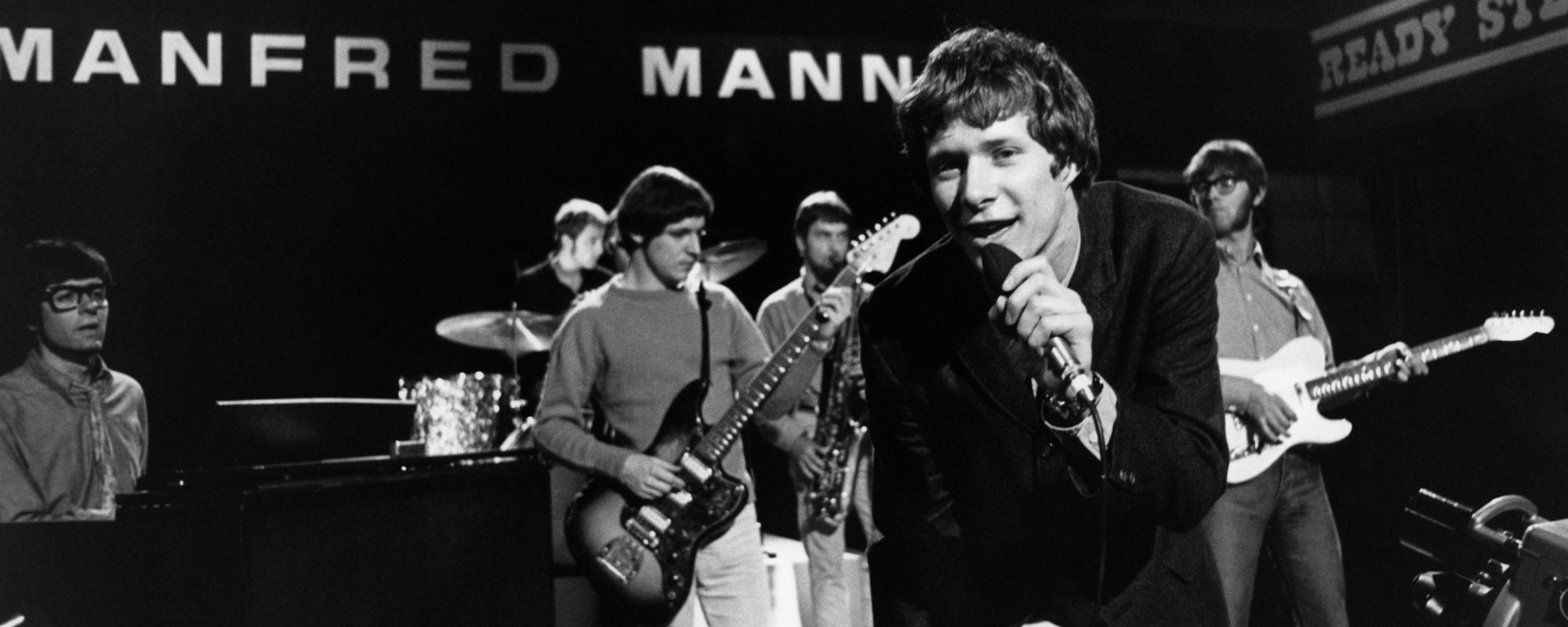

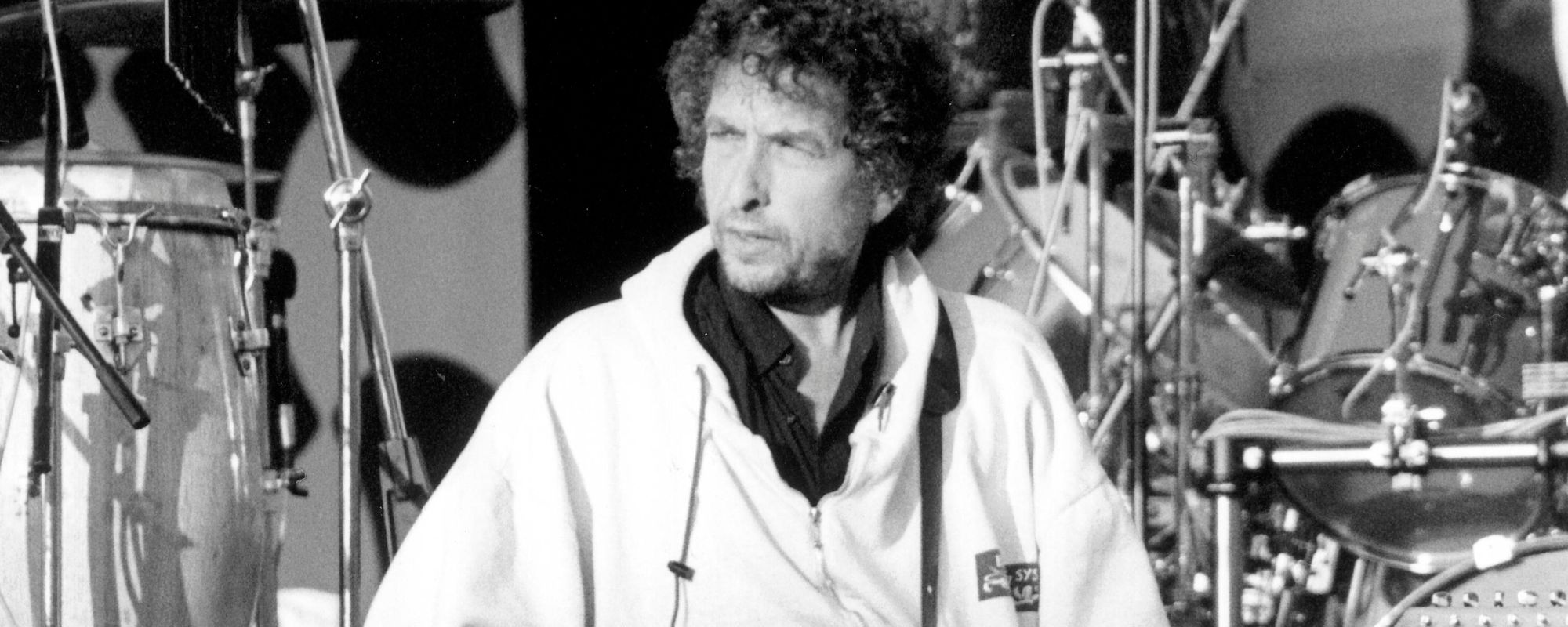

Leave a Reply
Only members can comment. Become a member. Already a member? Log in.